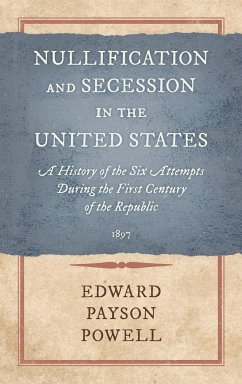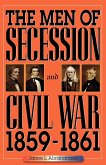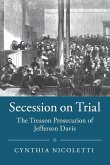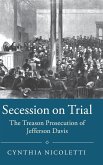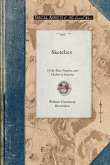A study of sucession and nullification movements in the United States from the nullification resolutions of 1798 to the American Civil War. Powell proposes that the secession of the southern states in 1861 was not a unique event in American history, but the culmination of a tradition as old as the nation. Indeed, he argues, it was an expression of the "intense individualism which was the most potent factor in the creation of the republic" (Preface). Sensitive to the continued animosity between the North and South, Powell hoped that the historical context provided by his study would help to promote a spirit of reconciliation. The six attempts at nullification and secession that he examines are: • the Nullification Resolutions of 1798 • the plot for a northern confederacy (1803-1804) • the Burr plot (1805-1806) • New England nullification and the Hartford Convention (1812-1814) • South Carolina's attempts at nullification (1832) • the secession of 11 states and creation of the confederacy (1861).

